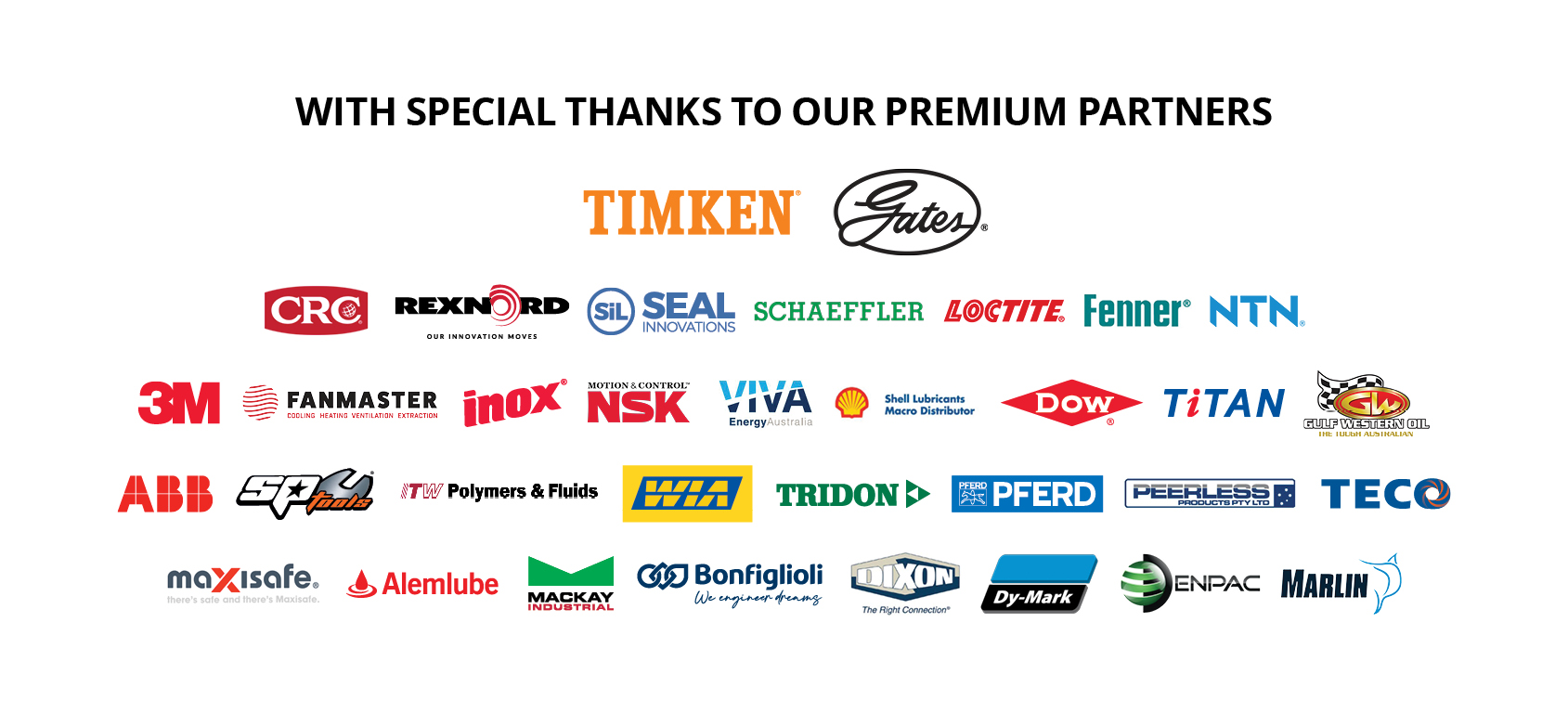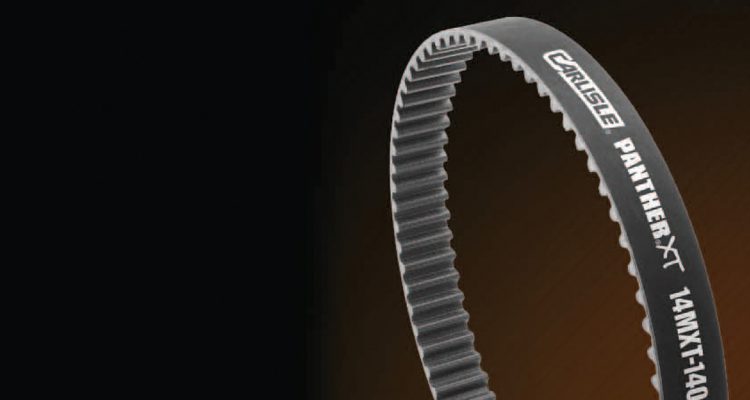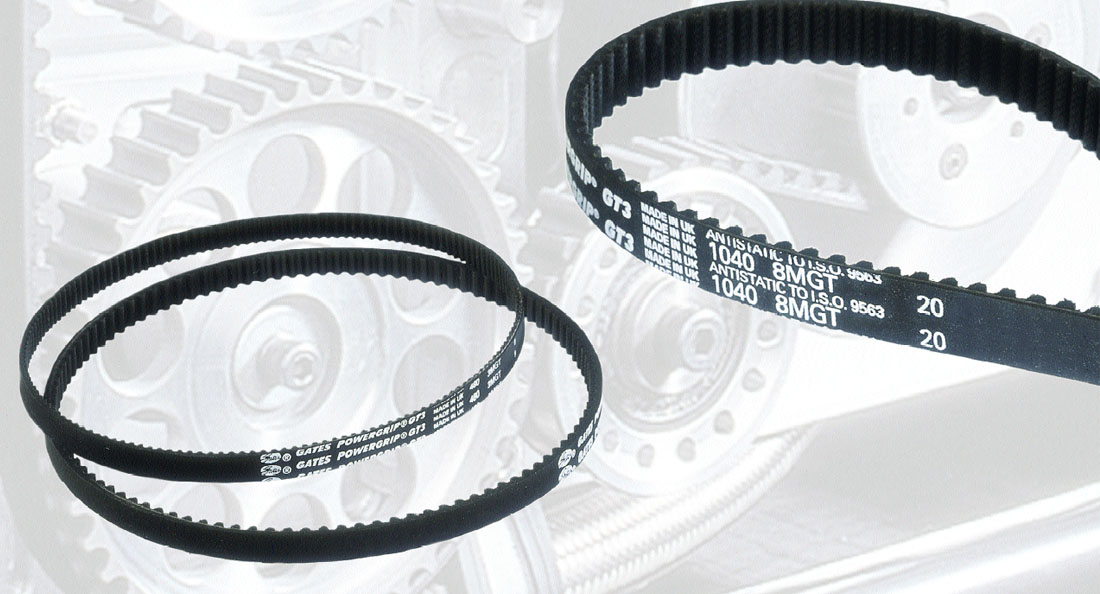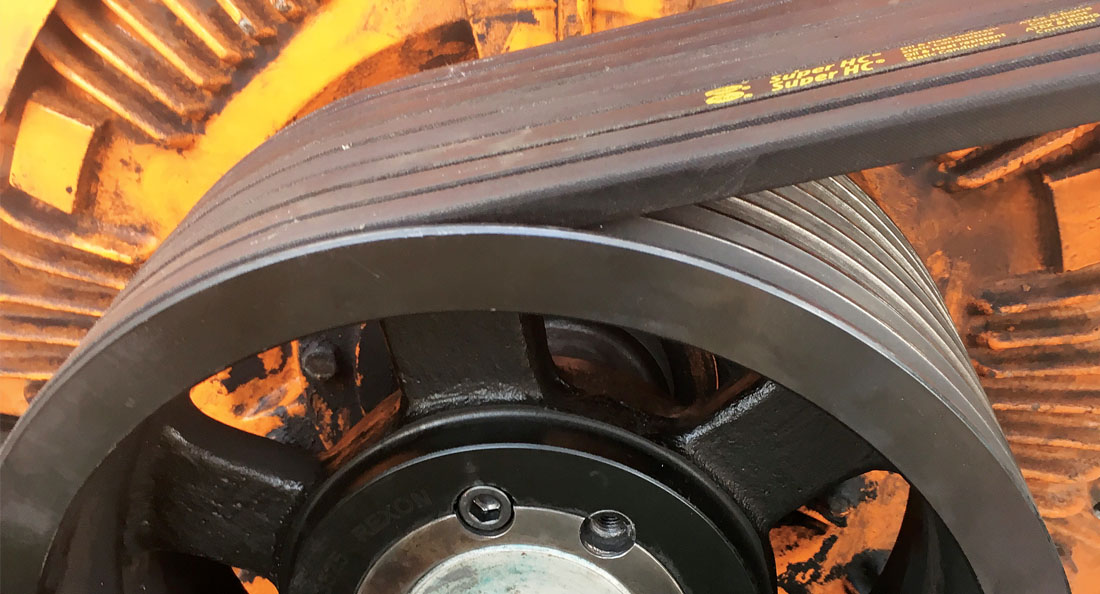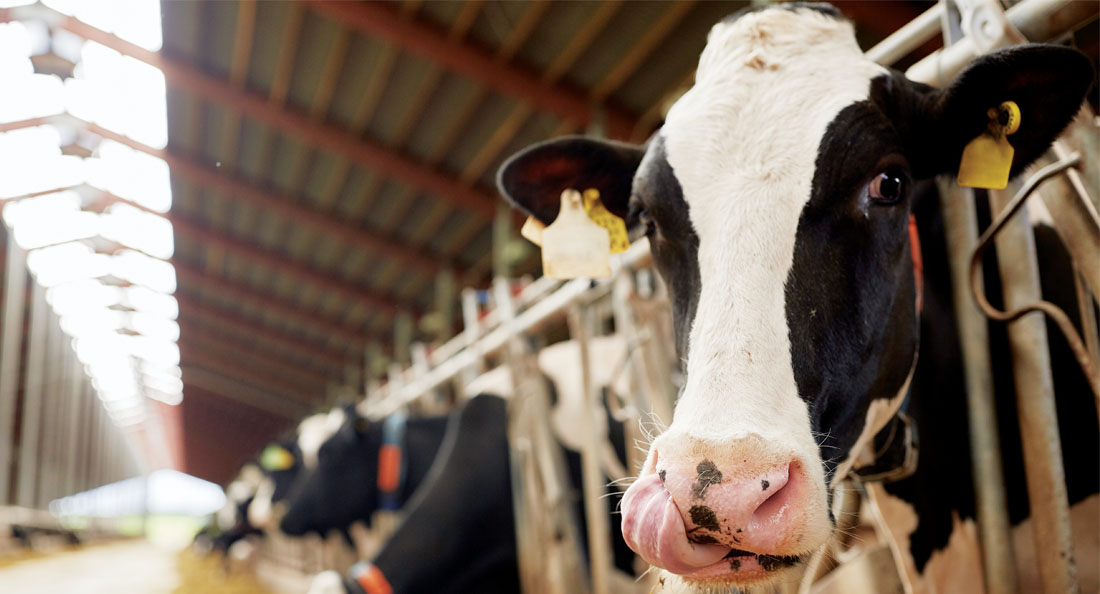When asked ‘Why aren’t more food and beverage manufacturers considering the viability of belt drives versus chain drives in their processes?’ CBC Sales Representative Steve Cutajar says he thinks they absolutely should.
“The synchronous belt technology is a relatively new technology whereas roller chains have been used across the industry for many years. That’s why some manufacturers are still hesitant to try belt drives in their operations. But synchronous belt technology has come a long way in recent years and today, belts can easily replace chains in many power transmission applications.”
To further demonstrate his point, Steve uses an example from one of CBC’s long-term clients, a major food processing company in Adelaide that produces grain by-products for export.
“My client had a chain drive installed on a grain auger in their processing plant. The chain, which was a heavy 24B triplex chain, was an absolute headache when it came to maintenance. It needed frequent lubrication and re-tensioning and the chain broke on average every six to 12 months. Moreover, access to the chain was not easy. It needed personnel to climb up five flights of stairs every time they needed to lubricate or re-tension the chain,” says Steve.
After learning about the problem, Steve worked with CBC’s power transmission engineering team to conduct a drive analysis for his customer. With the analysis, it was clear that installing an equivalent belt drive would be cheaper, both in upfront and ongoing costs.
“We calculated a cost savings of $26,000 for the plant over six years just by changing to a synchronous belt. That’s not to mention the improved uptime from providing a maintenance-free alternative,” says Steve.
“Because the belt drive does not need re-tensioning or lubrication, there’s less risk for the maintenance team who had to walk up and down the stairs to lubricate and stretch the chain. The belt drive is also a lot lighter, so a single man can handle the installation,” says Steve.
Steve’s choice of the best synchronous belt for this application was the Carlisle® Panther XT synchronous belt. The reason he recommended this particular belt was due to the belts’ high temperature resistance, which is up to 120 Celsius.
“The Carlisle Panther XT belt is a high performance and energy-efficient belt. It fit my client’s requirements perfectly. They had temperatures running up to 90 Celsius, which the Carlisle Panther XT belts could easily tolerate.”
Steve says the food plant is currently finalising some modifications to their existing setup to adjust the shaft distances and refabricate the drive guards.
“Once that’s finalised, they are looking to install belt drives with Carlisle Panther XT belts everywhere in the plant to reduce their maintenance headache,” says Steve.
Steve encourages all food processing plants to consider a switch to belt drives, noting that the advantages far outweigh the limitations.
“There are of course certain limitations when it comes to deciding whether or not a belt drive is the right choice for you. One limitation, for example, is in the centre distance choices. But CBC engineers are happy to provide advice to any industrial plant that’s considering belt drives as an alternative. We can analyse your existing drives and let you know if there are improvements possible in your plant,”
says Steve.
“If there’s a way to reduce your maintenance work and improve safety and efficiency in your plant by swapping chain drives with belt drives, why not give it a shot?”
Carlisle® Panther XT synchronous belt Features:
Strong
– Designed with non-aramid fibre tensile member that delivers strength and dimensional stability.
Resilient
– Uniquely engineered teeth are made of an advanced polymer compound which increases both the strength and abrasion resistance of the teeth.
Energy Efficient – Panther belts perform at 98% operating efficiency for reduced energy consumption.
Panther Power
– Panther belts offer higher power ratings than conventional rubber synchronous belts.
USA manufactured.
